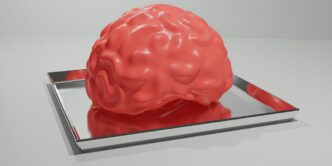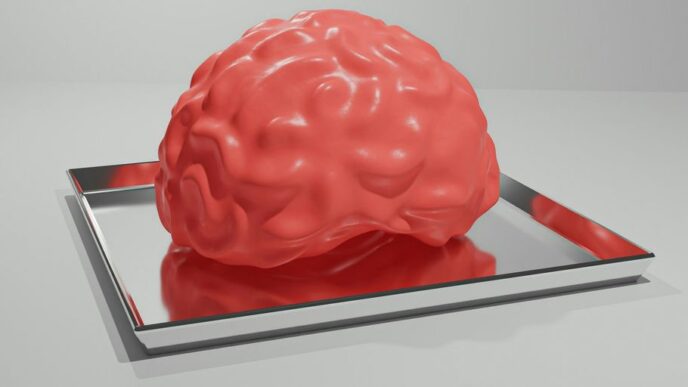As technology continues to advance, parents need to keep up with the latest developments and understand how they may impact their children. One such development is spatial computing, a rapidly growing field that combines virtual reality, augmented reality, and other technologies to create immersive experiences and interactive environments. In this blog post, we’ll explore what spatial computing is, why it matters for kids today, and how parents can help their children navigate this exciting new world of possibilities. So whether you’re a tech-savvy parent or just curious about the latest trends in education and entertainment, read on to learn more!
Introduction to Spatial Computing
As the world becomes increasingly digital, parents need to understand the various types of technology their children are using. One type of technology that is becoming increasingly popular is spatial computing.
Spatial computing is a term used to describe the use of computers in three-dimensional space. This can include anything from virtual reality headsets to augmented reality apps. With spatial computing, users can interact with digital content in a more immersive way.
There are many ways that spatial computing can impact children. For example, it can help them learn in new and innovative ways. Additionally, it can provide them with opportunities to be creative and explore their imaginations. And finally, it can help them stay connected with friends and family members who might be far away.
If you’re a parent who is interested in learning more about spatial computing and its impact on children, there are a few resources you can check out. First, the website Common Sense Media has a helpful article that provides an overview of the topic. Additionally, some blogs has published several articles on the subject, including one that dives into the potential educational benefits of spatial computing for kids.
Overview of the Benefits and Risks of Spatial Computing for Kids
As children grow up in a world increasingly dominated by technology, parents need to understand the implications of this trend. One area of concern is spatial computing, which is the use of computers to create three-dimensional (3D) environments. While there are many potential benefits to this type of computing, there are also some risks that parents should be aware of.
Benefits:
- Spatial computing can help children develop strong spatial reasoning skills.
- It can also improve problem-solving abilities and creativity.
- Additionally, it has been shown to improve hand-eye coordination.
Risks:
- Some researchers have raised concerns that too much time spent in virtual reality could lead to “simulation sickness,” which is similar to motion sickness and can cause nausea and dizziness.
- There is also the possibility that kids could become addicted to virtual reality and neglect real-world relationships and activities.
- Another concern is that kids could be exposed to inappropriate content through spatial computing applications.
Understanding the Impact of Spatial Computing on Your Child’s Learning
Spatial computing is an emerging field that is having a profound impact on how children learn. This type of computing takes advantage of three-dimensional (3D) environments to provide a more immersive and interactive experience for users. It is being used in a variety of settings, including education, gaming, and entertainment.
There are many potential benefits to spatial computing for children. These include improved problem-solving skills, a better understanding of complex concepts, and enhanced creativity and collaboration. Additionally, spatial computing can help children develop a stronger sense of self-efficacy and agency.
However, there are also some potential risks associated with spatial computing. These include cyberbullying, online predators, and addiction. It is important to be aware of these risks and take steps to protect your child from them.
Spatial computing has the potential to be a powerful tool for learning. If you are considering incorporating this technology into your child’s education, it is important to weigh the pros and cons carefully. Ultimately, you should make the decision that is best for your family based on your child’s individual needs and interests.
What Can Parents Do to Guide Their Children’s Use of Spatial Computing?
There are a few key things parents can do to help their children make the most of spatial computing:
- First, it’s important to be involved in your child’s online activity and know what they are doing. This way, you can help them find age-appropriate content and avoid anything that isn’t developmentally appropriate.
- Second, encourage your child to use spatial computing for creative expression and exploration. Many great educational apps and games can help with this.
- Talk to your child about responsible online behavior. Just like in the real world, it’s important to be respectful of other people and their property when using spatial computing platforms.
Tips and Strategies for Parents to Help Their Kids Have a Healthy Relationship with Spatial Computing
As children increasingly engage with spatial computing, parents need to think about how this new technology is impacting their kids. Here are some tips and strategies for helping your children have a healthy relationship with spatial computing:
- Talk to your kids about what they are doing with spatial computing. Ask them to show you what they are working on and explain how they are using the technology. This will help you understand what your children are doing with spatial computing and identify any potential concerns.
- Help your kids find balance in their use of spatial computing. Just like anything else, too much of anything can be detrimental. Help your kids find balance by encouraging other activities and hobbies outside of spatial computing.
- Monitor your child’s activity when they are using spatial computing. Be aware of the amount of time they are spending on technology and what types of activities they are engaging in. This will help you ensure that their use of spatial computing is not excessive or harmful in any way.
- Educate yourself on the risks and dangers associated with spatial computing. This way, you can be better informed about potential dangers and help keep your child safe while they are using this new technology.
Conclusion
Spatial computing is a rapidly advancing field that offers children unique opportunities to explore, play, and learn. As parents, we need to stay informed about spatial computing technology and its potential impacts on our children’s lives. By understanding the capabilities of this technology, we can ensure that our children are safe and empowered as they navigate the digital world. With knowledge comes power; make sure you have the facts so you can help your child take advantage of all the opportunities spatial computing has to offer!













